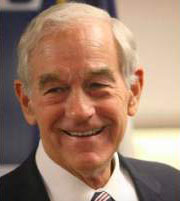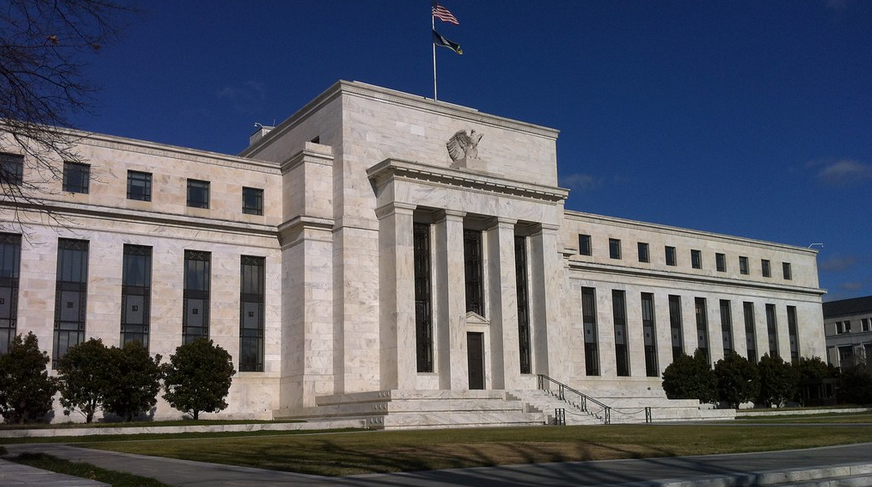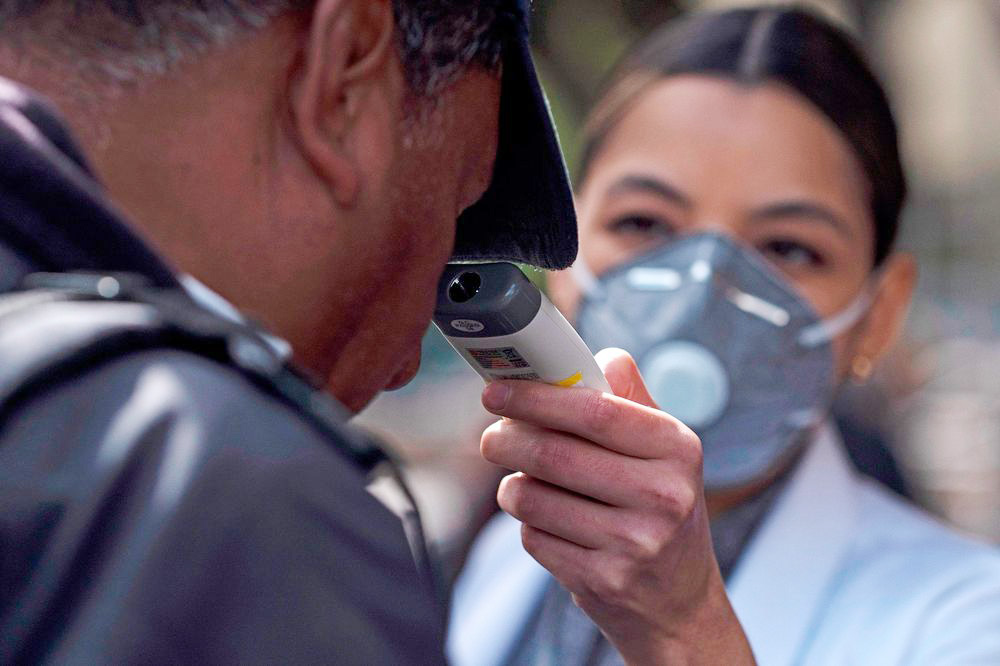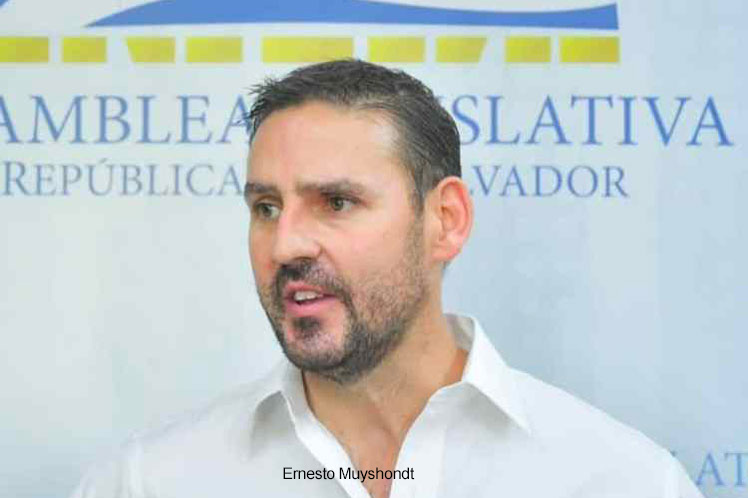by Ron Paul
Monday, 6 April 2020
For many millions of Christians, Easter is a time to celebrate the resurrection of Jesus Christ. Others may celebrate the arrival of spring and the promise of new life. Whatever one’s beliefs, after several weeks of mandatory “stay at home” orders and the complete shutdown of the US economy over the coronavirus, this self-destructive hysteria must end and we must reclaim the freedom and liberty that has provided us so much opportunity as Americans.
To do that we should first understand that much of the hysteria is being generated by a mainstream media that has long prioritized sensationalism over investigating and reporting the truth. Government bureaucrats are also exaggerating the threat of this virus and appear to be enjoying the power and control that fearful people are willingly handing over to them. One “coronavirus” bureaucrat even told us that we can no longer go to the grocery store! So we should just starve?
It is certainly possible to believe that this virus can be dangerous while at the same time pointing out that radical steps are being taken in our society — stay-at-home orders, introduction of de facto martial law, etc. — with very little knowledge of just how deadly is this disease.
On March 24th, the CDC issued an alert stating that doctors should classify “probable COVID-19” or “likely COVID-19” as Covid-19 deaths. Perhaps that explains the seeming drop-off of pneumonia deaths this year and the simultaneous spike in Covid-19 deaths as some researchers have reported.
The BBC reported last week that, “At present in the US, any death of a Covid-19 patient, no matter what the physician believes to be the direct cause, is counted for public reporting as a Covid-19 death.”
Does that sound like a scientifically sound way of determining how deadly Covid-19 really is?
What is most dangerous is that although this virus will eventually disappear, the assault on our civil liberties is not likely to be reversed. From this point on, whenever local officials, county officials, state governors, or federal bureaucrats decide there is sufficient reason to suspend the Constitution they will not hesitate to do so. Anyone who challenges the suspension of the Constitution “for our own good” will be labeled “unpatriotic” and perhaps even reported to the authorities. We have already seen hotlines springing up across the country for Americans to report other Americans who dare venture outside to enjoy the sun and build up their vitamin D protection against the coronavirus.
The government is justified in cancelling the Constitution, we are told, because we are in an emergency situation caused by the Covid-19 virus. But do people forget that the Constitution itself was written and adopted while we were in an “emergency situation”?
Did the framers of the Constitution fail to add an 11th Amendment to the Bill of Rights saying, “oh by the way, none of this counts if we get sick”? Of course not! Those who wrote our Constitution understood that these rights are not granted by the government, but rather by our Creator. Thus it was never a question as to when or under what conditions they could be suspended: the government had no authority to suspend them at all because it did not grant them in the first place.
Our country is far less at risk from the coronavirus than it is from the thousands of small and large authoritarians who have suddenly flexed their muscles across the country. President Trump would do well to end this ridiculous shutdown so that Americans can get on with their lives and get back to work.
Americans should remember the tyrants who locked them down next time they go to the ballot box. Let’s demand an end to the shutdown so we can resurrect our economy, our lives, and our liberties!
Ron Paul is a former U.S. congressman from Texas. This article originally appeared at the Ron Paul Institute for Peace and Prosperity and is reprinted here with permission.










